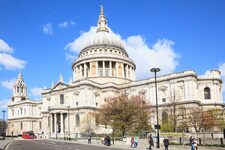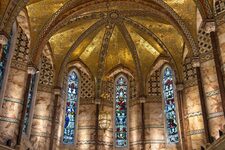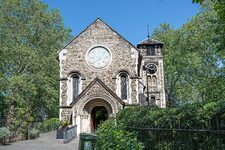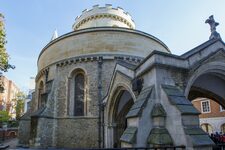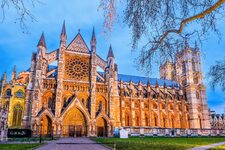Lambeth Palace: Historic Residence of the Archbishops
Lambeth Palace: The Seat of the Archbishop of Canterbury
Lambeth Palace, known in English as "Lambeth Palace," is a historic site located on the south bank of the Thames in London. It is the official London residence of the Archbishop of Canterbury, the leader of the Church of England. This historic palace has a long history and plays a central role in the religious and cultural life of England. In this article, we will explore the history, architecture, and significance of Lambeth Palace.
Origins and History
Lambeth Palace dates back to the medieval period, with early references from the 13th century. It was acquired by the Archbishop of Canterbury in the 13th century and has since been the London residence of the Archbishop, the spiritual head of the Church of England. Over the centuries, the palace has been expanded and renovated, becoming a blend of medieval architecture and later styles.
Architecture and Features
The architecture of Lambeth Palace is a mix of styles, including Gothic, Tudor, and Neo-Gothic. The palace features a medieval chapel, a grand Tudor hall, tranquil gardens, and a notable library. The buildings and gardens are enclosed by a wall, creating a serene retreat in the heart of London.
Religious Importance
Lambeth Palace is the residence of the Archbishop of Canterbury, the highest authority of the Church of England. It is also an important center for the Church's decision-making and a venue for meetings with religious dignitaries from around the world. Bishops and Church members are welcomed here for discussions, religious ceremonies, and events.
Current Use
Lambeth Palace continues to be used as a residence and workplace by the Archbishop of Canterbury. However, parts of the palace are open to the public, including the chapel and gardens. Visitors can explore this historic site, admire its architecture, visit the library, and learn more about the history of the Church of England.
Conclusion
Lambeth Palace is a historic and religious landmark in London that embodies the history and tradition of the Church of England. Its remarkable architecture, peaceful gardens, and central role in religious life make it a significant place for believers and history enthusiasts alike. Whether one is interested in religion or architecture, Lambeth Palace offers a unique cultural experience.

